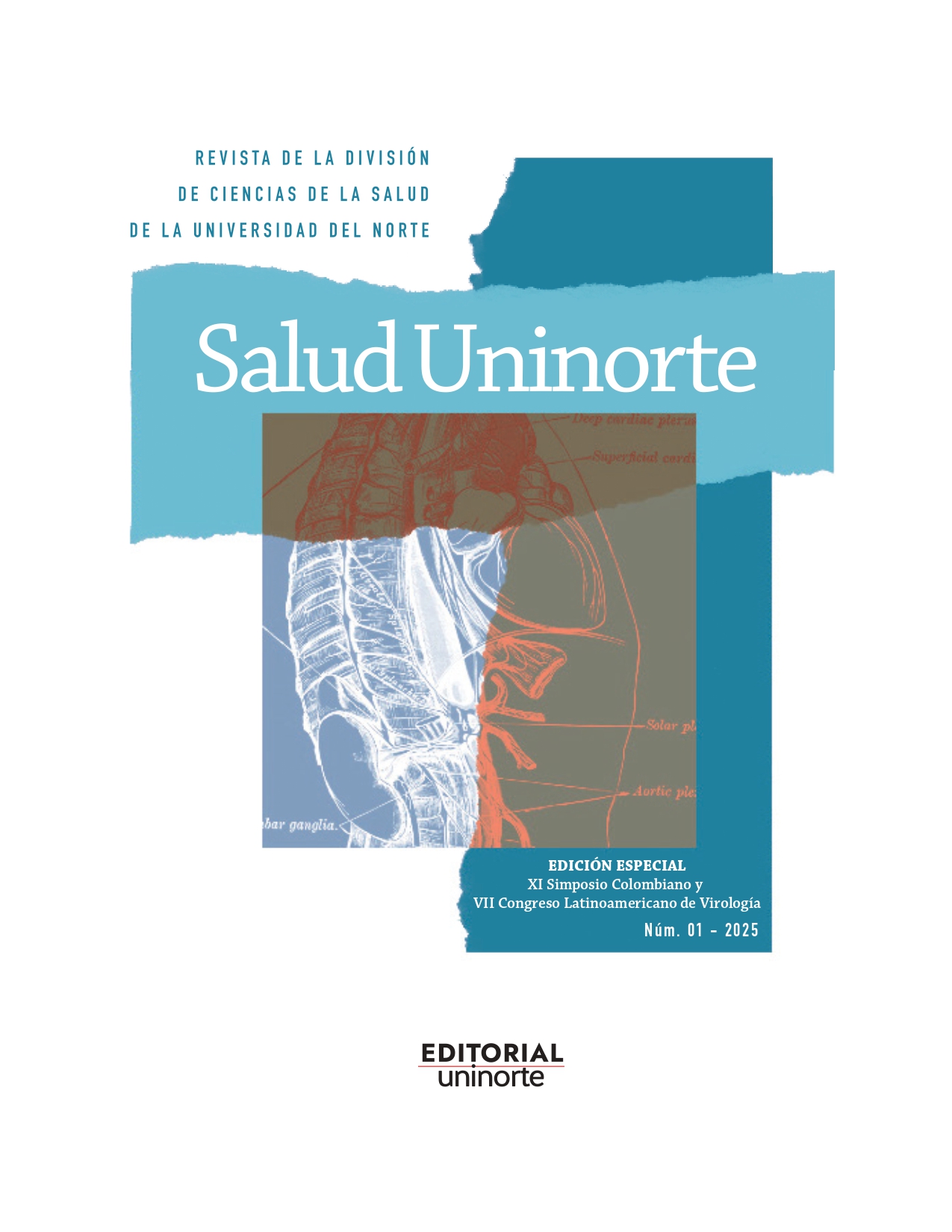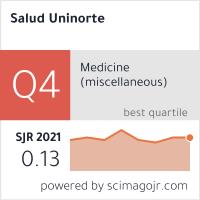Mechanisms of HIV Drug Resistance: Survival of the Fittest?
DOI:
https://doi.org/10.14482/sun.01.205.152Palabras clave:
HIV-1, reverse transcriptase, drug resistance, nucleocapsid, RNase H, excision, NRTIs, viral fitness.Resumen
Introduction: Despite the success of antiretroviral therapy (ART) in transforming HIV from a fatal disease into a manageable chronic condition, the emergence of drug resistance remains a major obstacle to sustained virological suppression.
Methods: This presentation explores the complex interplay of molecular mechanisms driving resistance to nucleoside/nucleotide reverse transcriptase inhibitors (NRTIs), with a focus on excision and discrimination pathways mediated by mutations in the HIV-1 reverse transcriptase (RT).
Results: In addition, we also present evidence that RNase H activity and its modulation by the nucleocapsid (NC) protein—particularly the immature forms NCp9 and NCp15—significantly influence drug resistance by destabilizing the primer-template complex and suppressing excision-based rescue of chain-terminated primers. Using biochemical assays, structural modeling, and a large-scale bioinformatics analysis of over 6,000 viral genomes, we identify specific RT and Gag mutations—including insertions—that may act as compensatory mechanisms for maintaining replication fitness in resistant strains.
Conclusions: Our findings support a systems-level view of HIV replication, highlighting the interconnected roles of RT, NC, and Gag in shaping drug resistance phenotypes. These insights may inform future therapeutic strategies aimed at limiting viral escape and improving ART durability.
Publicado
Cómo citar
Número
Sección
Licencia
(COPIE Y PEGUE EL SIGUIENTE TEXTO EN UN ARCHIVO TIPO WORD CON TODOS LOS DATOS Y FIRMAS DE LOS AUTORES, ANEXE AL PRESENTE ENVIO JUNTO CON LOS DEMAS DOCUMENTOS)
AUTORIZACIÓN PARA REPRODUCCIÓN, USO, PUBLICACIÓN Y DIVULGACIÓN DE UNA OBRA LITERARIA, ARTISTICA O CIENTIFICA
NOMBRE DE AUTOR y/o AUTORES de la obra y/o artículo, mayor de edad, vecino de la ciudad de , identificado con cédula de ciudadanía/ pasaporte No. , expedida en , en uso de sus facultades físicas y mentales, parte que en adelante se denominará el AUTOR, suscribe la siguiente autorización con el fin de que se realice la reproducción, uso , comunicación y publicación de una obra, en los siguientes términos:
1. Que, independientemente de las reglamentaciones legales existentes en razón a la vinculación de las partes de este contrato, y cualquier clase de presunción legal existente, las partes acuerdan que el AUTOR autoriza de manera pura y simple a La UNIVERSIDAD DEL NORTE , con el fin de que se utilice el material denominado en la Revista
2. Que dicha autorización se hace con carácter exclusivo y recaerá en especial sobre los derechos de reproducción de la obra, por cualquier medio conocido o por conocerse, comunicación pública de la obra, a cualquier titulo y aun por fuera del ámbito académico, distribución y comercialización de la obra, directamente o con terceras personas, con fines comerciales o netamente educativos, transformación de la obra, a través del cambio de soporte físico, digitalización, traducciones, adaptaciones o cualquier otra forma de generar obras derivadas. No obstante lo anterior, la enunciación de las autorizaciones es meramente enunciativa y no descartan nuevas formas de explotación económica y editorial no descritas en este contrato por parte del AUTOR del artículo, a modo individual.
3. Declara que el artículo es original y que es de su creación exclusiva, no existiendo impedimento de ninguna naturaleza para la autorización que está haciendo, respondiendo además por cualquier acción de reivindicación, plagio u otra clase de reclamación que al respecto pudiera sobrevenir.
4. Que dicha autorización se hace a título gratuito.
5. Los derechos morales de autor sobre el artículo corresponden exclusivamente al AUTOR y en tal virtud, la UNIVERIDAD se obliga a reconocerlos expresamente y a respetarlos de manera rigurosa.
EL AUTOR
















